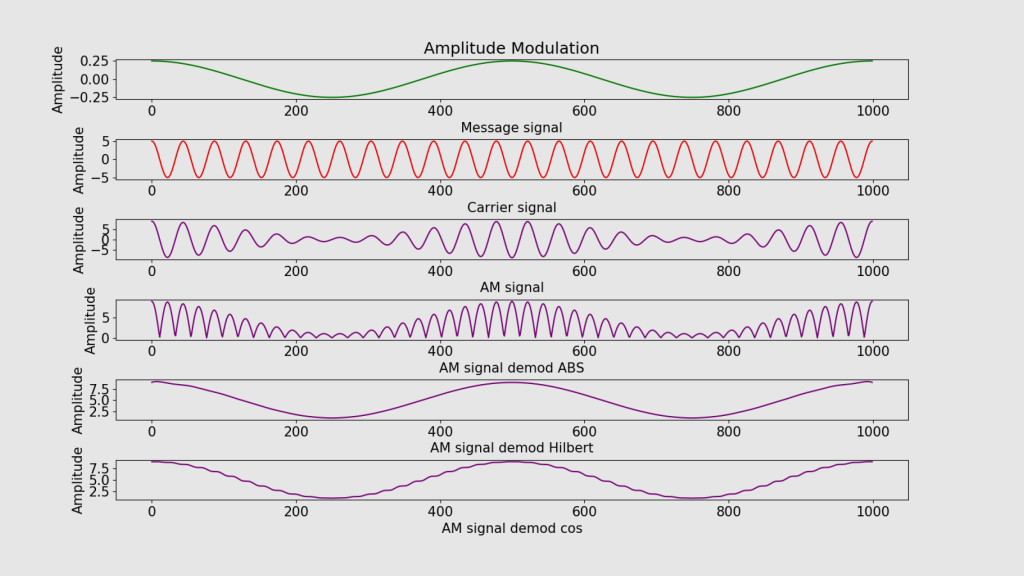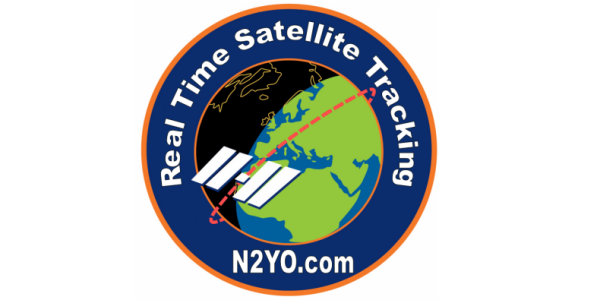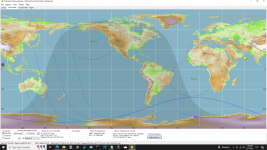I can explain the Whole purpose but it will be long and complicated
This is because you are making it complicated. Like forget about your post #10, that is a different animal alltogether.
Now, NOAA APT if FM modulated. the signals are about 137 MHz, not the terrestrial 162 MHz.
The downlink RF is RHCP (right hand circular polarised) this is about the antenna, nothing more.
"ANY" receiver that can receieve a 137 MHz range with a bandpass of 30 MHz and receive wide FM will work for NOAA APT.
Most SDR dongles will do this nicely. The Baofeng is not wide enough for good APT. I don't know if the Malechite will do this, specs say it should. SSB will not work, AM will not work. it must be FM.
Now, about audio out: Filtering must be turned OFF or audio tapped before any deemphisis.
SDR software can toggle filters on or off. Audio output is direct from a receive or the system audio that runs your speakers.
This audio can then be piped into APT decoding software. With SDR, virtual audio cable software can do that.
Of course the sound can be muted and SDR sofware has a scope and waterfall.
Back to the antenna. The better is the quad filler helix. (QFH), Rather expensive if bought but easy enough to fabricate youself.
Mounted just above roof line is best, but seen them work indoors.
Another for outdoors is a 'V' dipole, horizontal, best pointed north and south.
That TDOA gadet is a phased dipole, quite directional meaning hand held and pointed to the satellite. If you know where that is.
The QFH antennas are omnidirectional and easy mounted vertical.
NOAA Satellite Signals With a PVC QFH Antenna and Laptop : This instructable covers everything you'll need to get started in being able to receive the APT (Automatic Picture Transmission) signals from the NOAA Satellites (NOAA-15, 18, and 19) flying overhead (and can be a foundation for...

www.instructables.com





